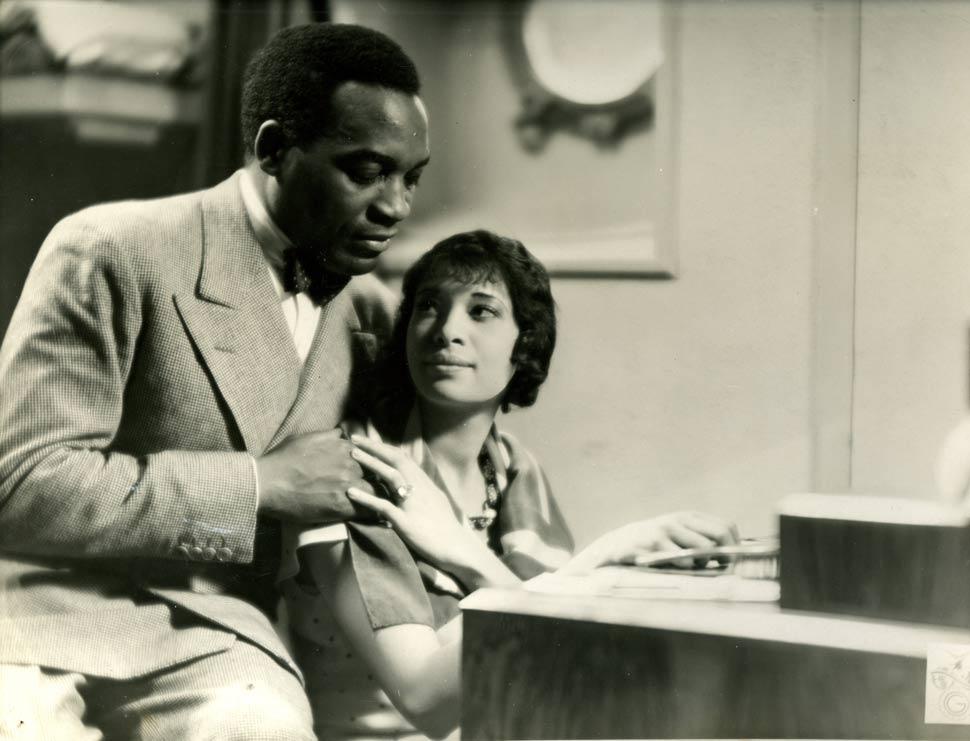At first sight the subject of Daïnah la métisse, its pretext, has nothing that might cause concerns for its producers. But in the way it was conceived by its director and the screenwriter Charles Spaak, the film set out to achieve an objective that went well beyond the bare bones of a melodrama centered on racial jealousy and exoticism, as was the fashion of the times. It aimed to present a “marine,” a typical term in painting, in which a luxury liner sailing towards remote shores, the mildness of the South Seas, the night and the contrast between the scorching hold and the grand saloons in which the privileged passengers lead an existence ignorant of contemptible human passions, are blended to the syncopated notes of jazz, composing a sort of poem rather than a strictly dramatic work. The boldness is tangible and in step with the long shots of the sea at night, the theft of a white shoe that symbolizes an unavowable crime of passion, and the use of surreal masks in a magic show dominated by the presence of a dagger and the killing of a dove. Once again, distributors and producers detested a film that would be taken to pieces after it was made and reduced to less than an hour in length.
To get a better understanding of the difficulties faced by the great French directors of the time in creating their works in the early years of sound the rushes of Jean Vigo’s Zéro de conduite (1933, 15’) will be given their world première: fascinating rediscovered images (with Vigo on set), that allow us to identify new details of another film heavily influenced by the worries of the production.


